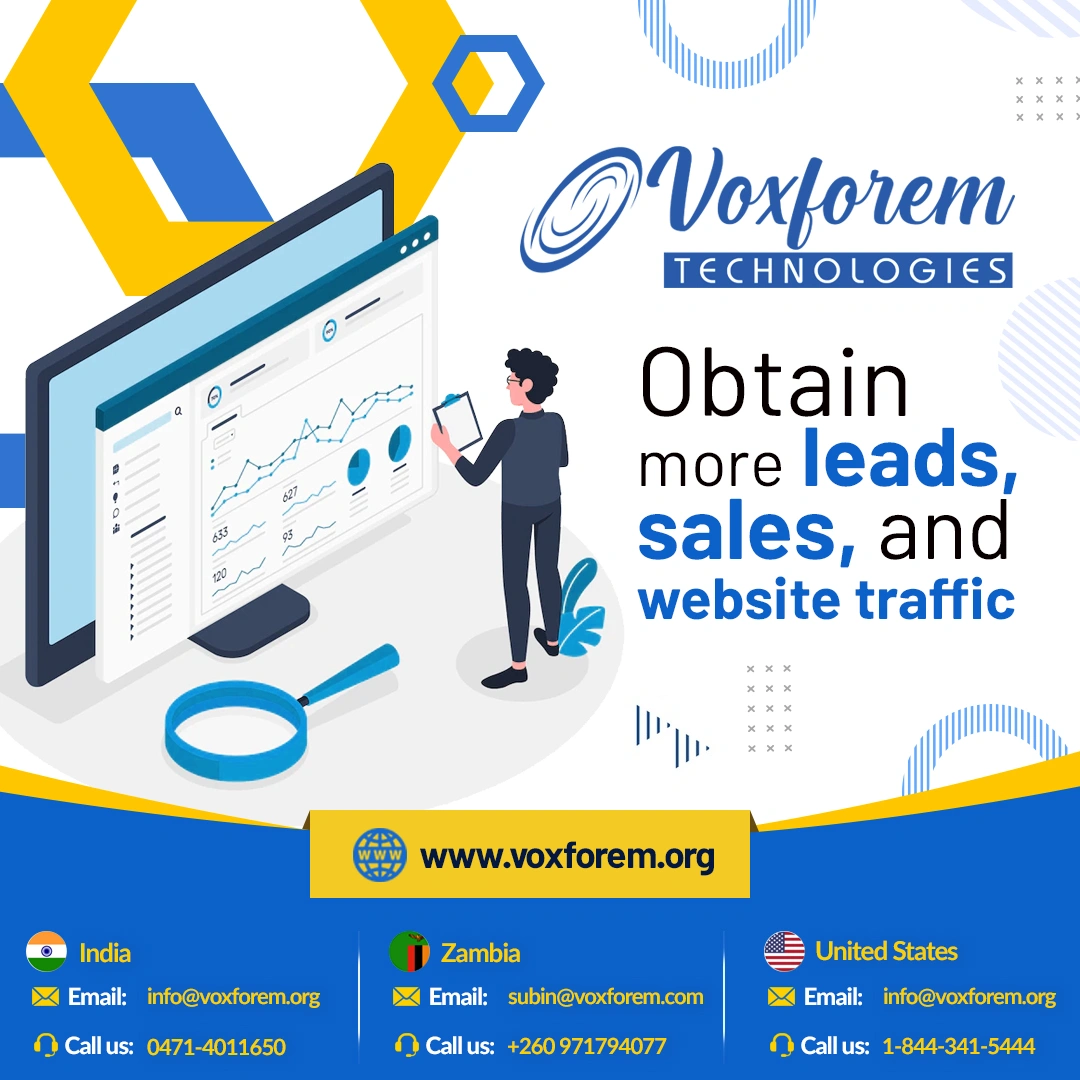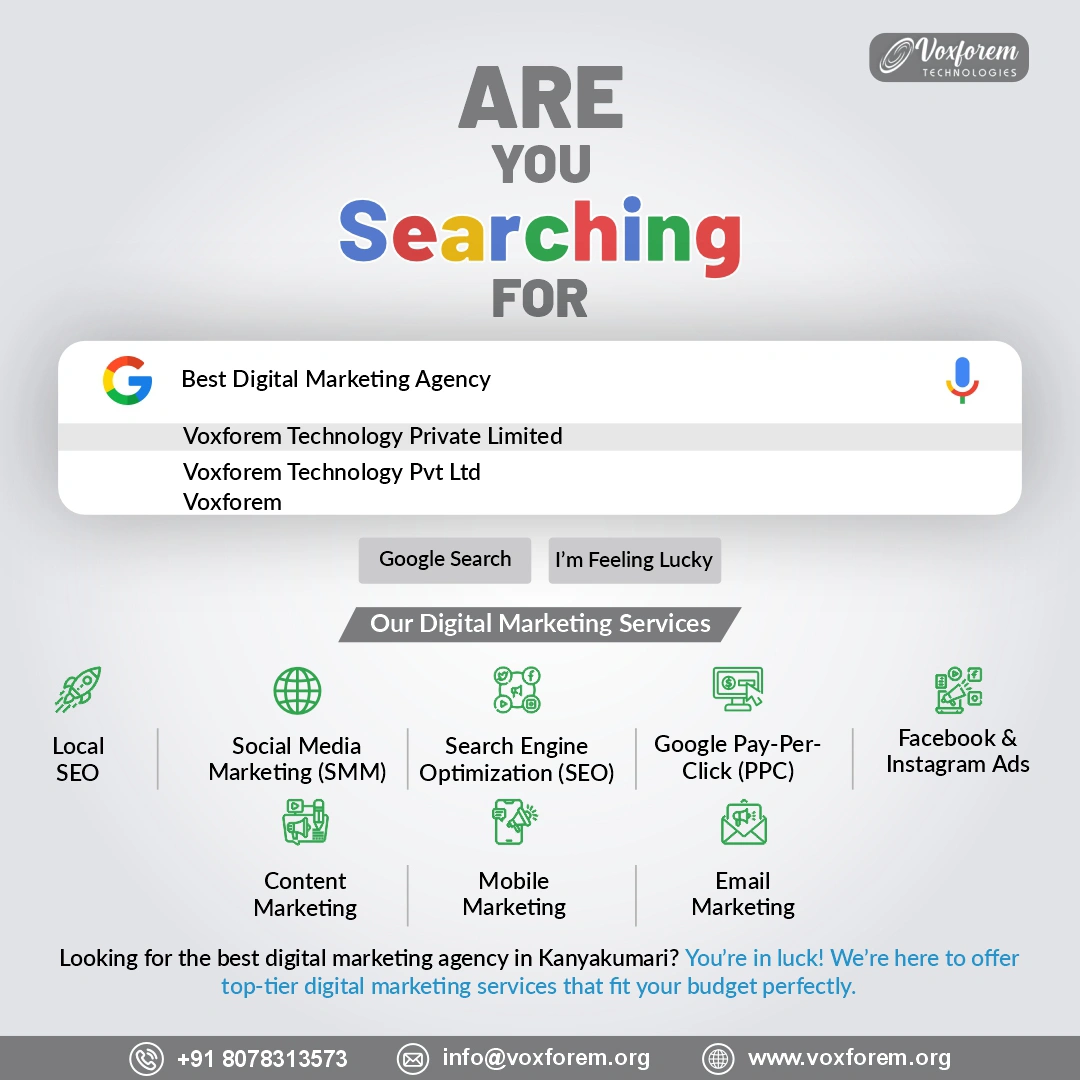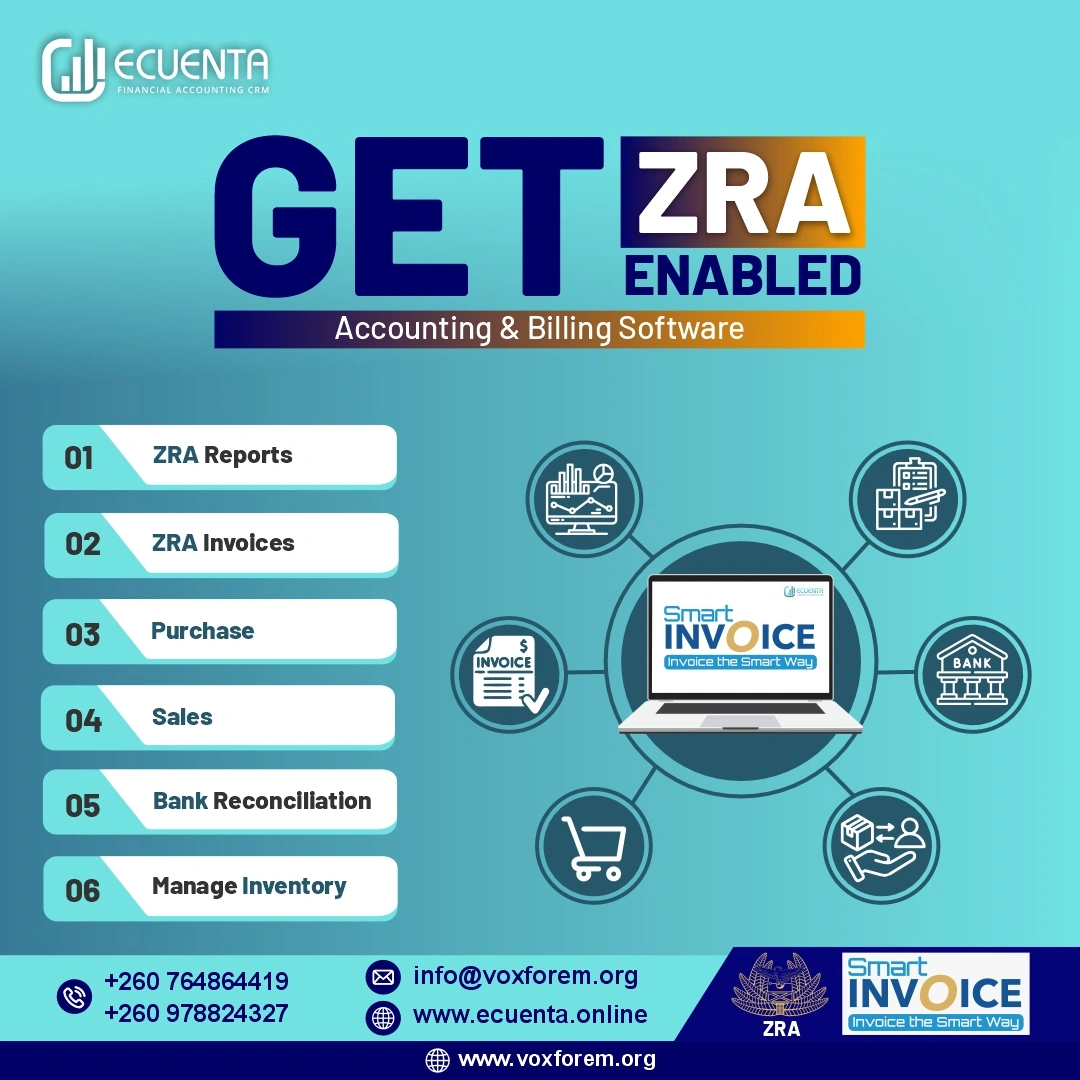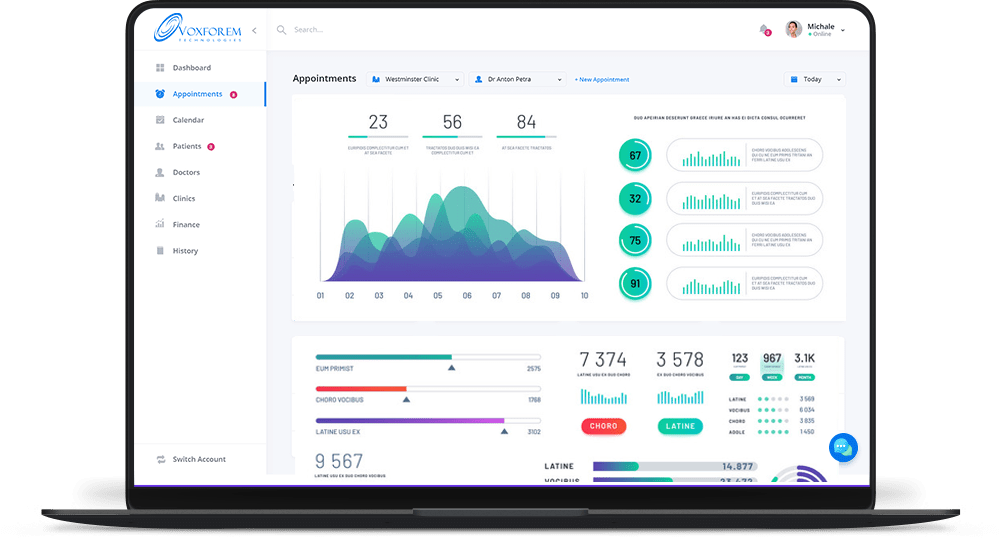
Common SEO Myths: Debunking Misconceptions for Better Search Engine Optimization
Search Engine Optimization (SEO) is a critical component of digital marketing, helping businesses improve their online visibility and attract organic traffic. However, SEO is often surrounded by myths and misconceptions that can lead to ineffective strategies or even harm your website’s performance. With search engine algorithms constantly evolving, it’s essential to separate fact from fiction to stay ahead in the competitive online landscape. In this blog, we’ll debunk some of the most common SEO myths and provide actionable insights to help you optimize your website effectively.
Myth 1: SEO Is a One-Time Effort
One of the most pervasive myths about SEO is that it’s a one-time task. Some people believe that once you’ve optimized your website, you can sit back and watch the traffic roll in. Unfortunately, this couldn’t be further from the truth. SEO is an ongoing process that requires consistent effort and adaptation.
Search engines like Google frequently update their algorithms to improve user experience and deliver more relevant results. What worked a year ago might not work today. For example, Google’s Core Web Vitals update emphasized the importance of page speed and user experience, forcing many websites to revaluate their technical SEO.
To stay competitive, you need to regularly update your content, monitor your website’s performance, and adapt to algorithm changes. Search Engine Optimization is not a set-it-and-forget-it strategy—it’s a long-term commitment.
Myth 2: Keywords Are All That Matter
While keywords are an essential part of SEO, they’re not the only factor that determines your rankings. In the early days of SEO, stuffing your content with keywords was enough to rank highly. However, search engines have become much more sophisticated, focusing on user intent and content quality rather than keyword density.
Today, overusing keywords (a practice known as keyword stuffing) can actually harm your rankings. Search engines prioritize content that provides value to users, so it’s important to use keywords naturally and focus on creating high-quality, informative content. Instead of obsessing over keyword density, aim to understand your audience’s intent and create content that addresses their needs.
Myth 3: Higher Rankings Guarantee More Traffic
Ranking on the first page of search results is a common goal for many businesses, but it doesn’t automatically translate to increased traffic. Your rankings are just one piece of the puzzle. Other factors, such as click-through rate (CTR), user engagement, and the relevance of your content, also play a significant role.
For example, if your meta title and description don’t entice users to click, even a top-ranking position won’t drive traffic. Similarly, if users quickly bounce back to the search results after visiting your site, search engines may interpret this as a sign that your content isn’t relevant or useful, potentially hurting your rankings.
To maximize the benefits of high rankings>, focus on optimizing your meta tags, improving your content’s readability, and ensuring a seamless user experience.
Myth 4: Backlinks Are the Only Thing That Matters
Backlinks—links from other websites to yours—are an important ranking factor, but they’re not the only thing that matters. Some people believe that acquiring as many backlinks as possible, regardless of quality, will boost their rankings. However, this approach can backfire.
Search engines prioritize high-quality, authoritative backlinks over low-quality ones. Links from spammy or irrelevant websites can harm your SEO efforts and even lead to penalties. Instead of focusing on quantity, aim to build relationships with reputable websites in your industry and create shareable content that naturally attracts backlinks.
Myth 5: SEO Is All About Technical Stuff
While technical SEO is important, it’s only one aspect of a comprehensive SEO strategy. Many people assume that optimizing meta tags, improving site speed, and fixing broken links are all they need to do to rank well. However, SEO also involves content creation, user experience, and off-page factors like backlinks and social signals.
A well-rounded SEO strategy includes:
- On-Page SEO: Optimizing individual pages with relevant keywords, meta tags, and internal links.
- Technical SEO: Ensuring your website is fast, mobile-friendly, and easy to crawl.
- Content SEO: Creating high-quality, engaging content that meets user intent.
- Off-Page SEO: Building backlinks and establishing your website’s authority.
Ignoring any of these components can limit your SEO success.
Myth 6: Social Media Doesn’t Impact SEO
There’s a common misconception that social media has no direct impact on SEO. While social signals (likes, shares, and comments) aren’t a direct ranking factor, social media can indirectly influence your SEO efforts.
For example, sharing your content on social media can increase its visibility, drive traffic to your website, and encourage others to link to it. Social media also helps you build brand awareness and engage with your audience, which can lead to more organic searches for your brand. Additionally, social media profiles often appear in search results, so optimizing them can improve your overall online presence.
Myth 7: Duplicate Content Will Get You Penalized
Duplicate content is often misunderstood. While it’s true that search engines prefer unique content, having duplicate content on your website doesn’t automatically result in a penalty. In most cases, search engines will simply choose one version of the content to index and ignore the rest.
However, duplicate content can still harm your SEO if it confuses search engines or dilutes your rankings. To avoid issues, use canonical tags to indicate the preferred version of a page and ensure that your content is as unique and valuable as possible.
Myth 8: You Need to Publish New Content Every Day
Quality always trumps quantity when it comes to content creation. Some people believe that publishing new content every day is the key to SEO success, but this isn’t necessarily true. While fresh content can help you stay relevant, publishing low-quality or irrelevant content just for the sake of frequency can harm your rankings.
Instead of focusing on quantity, prioritize creating in-depth, high-quality content that addresses your audience’s needs. A single well-researched, comprehensive blog post can drive more traffic and engagement than multiple shallow articles.
Myth 9: SEO Is Only for Big Businesses
Small businesses often assume that SEO is only for large corporations with big budgets. However, SEO is equally important—if not more so—for small businesses. Local SEO, in particular, can help small businesses attract customers in their area and compete with larger competitors.
By optimizing your website for local search terms, creating a Google My Business profile, and earning positive reviews, you can improve your visibility in local search results and drive more foot traffic to your business.
Myth 10: SEO Results Are Immediate
SEO is a long-term strategy, and results don’t happen overnight. Some people expect to see significant improvements in their rankings and traffic within weeks of implementing SEO tactics. However, it can take months—or even longer—to see tangible results.
Patience and persistence are key. Focus on implementing best practices, monitoring your progress, and making adjustments as needed. Over time, your efforts will pay off with improved rankings, increased traffic, and higher conversions.
Conclusion
SEO is a complex and ever-evolving field, and it’s easy to fall prey to common myths and misconceptions. By debunking these myths, you can develop a more effective SEO strategy that aligns with best practices and delivers long-term results. Remember, SEO is not about quick fixes or shortcuts—it’s about creating a user-friendly, high-quality website that meets the needs of your audience and aligns with search engine guidelines. Stay informed, stay adaptable, and focus on providing value, and you’ll be well on your way to SEO success.






















